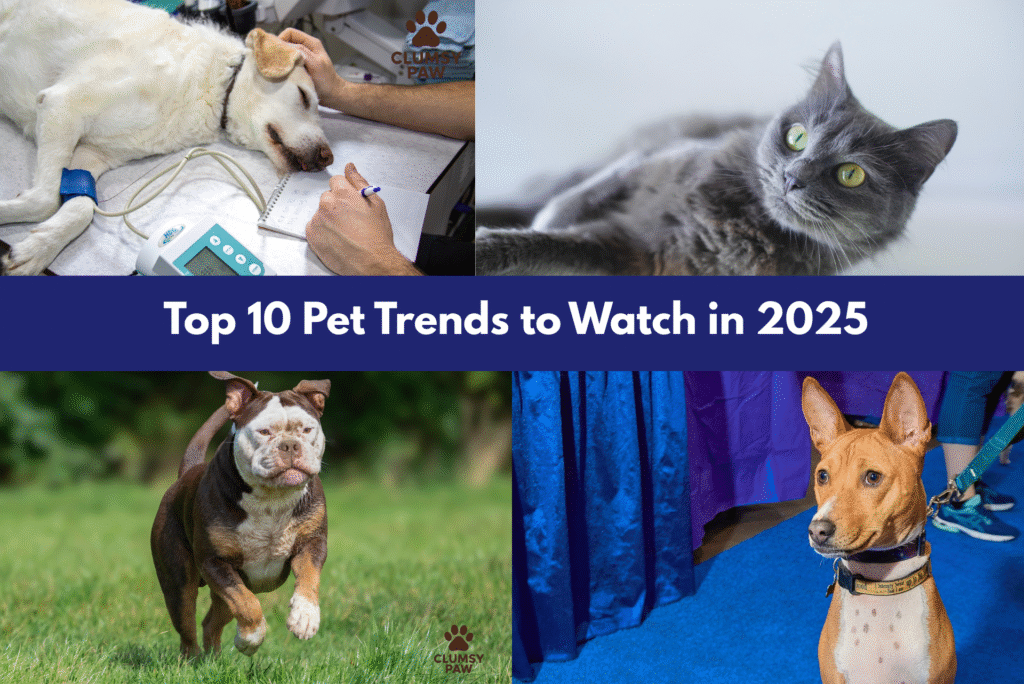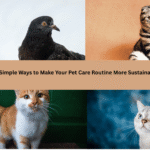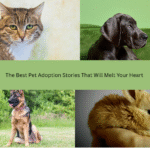As we move further into 2025, the U.S. pet industry continues to expand rapidly, reshaping how people care for, interact with, and think about their pets. With over 90 million households owning at least one pet, it’s clear that our furry, feathered, and scaled friends have become an integral part of American family life. But this growth isn’t just about numbers—it’s about evolving lifestyles, smarter technologies, and deeper emotional connections.
From advanced nutrition to pet tech, luxury services, and sustainable living, 2025 is shaping up to be a transformative year for pet owners and businesses alike. Below, we explore the top 10 trends defining pet care in the United States this year, how they’re influencing owners, and what they mean for the future of our pets’ well-being.

1. Pets as Family:
One of the strongest and most enduring trends in pet care is the growing humanization of pets. More Americans than ever view their pets not as property, but as family members. This shift is driving major changes in spending behavior, product design, and emotional connection.
Pet owners are prioritizing comfort, style, and emotional fulfillment when shopping for their animals. Pet beds are now designed to match home décor, clothing lines for dogs are influenced by fashion trends, and grooming products rival human-grade quality. This family-first mindset extends to health and nutrition too—many owners now choose premium pet food with natural or organic ingredients because they want their pets to live longer, healthier lives.
In 2025, this human-centered approach continues to deepen. Pet brands are tailoring their products to appeal to owners’ emotions, not just their pets’ needs. It’s about creating experiences that bring humans and pets closer, reinforcing the bond that makes them family.

2. Personalized Nutrition and Pet Wellness
Gone are the days when one-size-fits-all pet food was enough. In 2025, personalization dominates the pet nutrition landscape. Owners now seek food and supplements customized to their pets’ unique health profiles—age, breed, activity level, and even genetic background.
Brands are responding by offering subscription-based meal plans and customized recipes formulated by veterinarians and nutrition experts. Freeze-dried and fresh meals are replacing generic kibble, while probiotics, joint-support supplements, and gut-health boosters are seeing record demand.
Pet owners are also paying closer attention to ingredient sourcing and transparency. Labels highlighting “real meat,” “non-GMO,” and “human-grade” ingredients are now mainstream expectations. This focus on quality nutrition reflects a broader trend in the human food industry—wellness is now a shared priority between humans and their pets.
For American pet owners, the message is clear: nutrition is the foundation of longevity and vitality. As awareness grows, so will the appetite for smarter, science-backed pet diets.
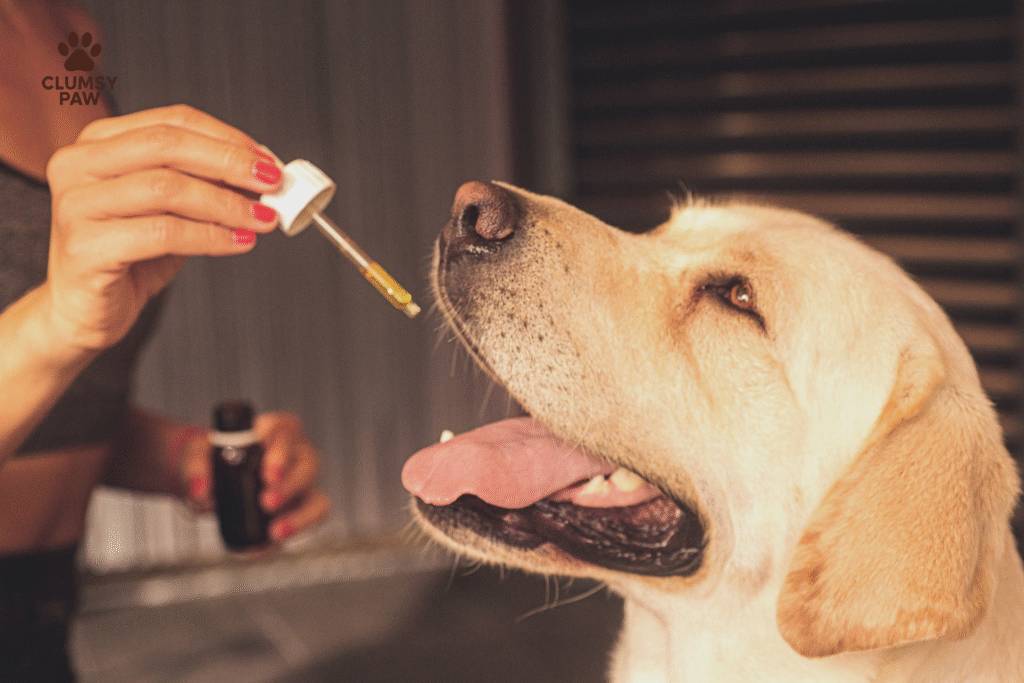
3. The Growth of Pet Tech and Smart Devices
Technology continues to revolutionize how pet owners care for their companions. In 2025, smart pet devices have officially moved from novelty to necessity. Whether it’s a GPS collar tracking your dog’s every move, a camera-equipped feeder that lets you check in while at work, or an AI-powered litter box that monitors feline health, technology is bringing convenience and insight into everyday pet care.
Pet wearables can now measure heart rate, activity, sleep patterns, and even stress levels. Some devices alert owners to unusual behavior, helping detect health problems early. Tele-veterinary apps also allow pet owners to connect with licensed vets 24/7—ideal for rural households or busy professionals.
Smart homes are becoming pet-friendly too. Automated pet doors, self-cleaning aquariums, and interactive robotic toys are just a few examples of how innovation is improving both pet safety and owner convenience.
As AI advances, expect more predictive health analytics and real-time monitoring tools to enter the market. Pet tech is no longer about luxury—it’s about smarter, more responsible ownership.
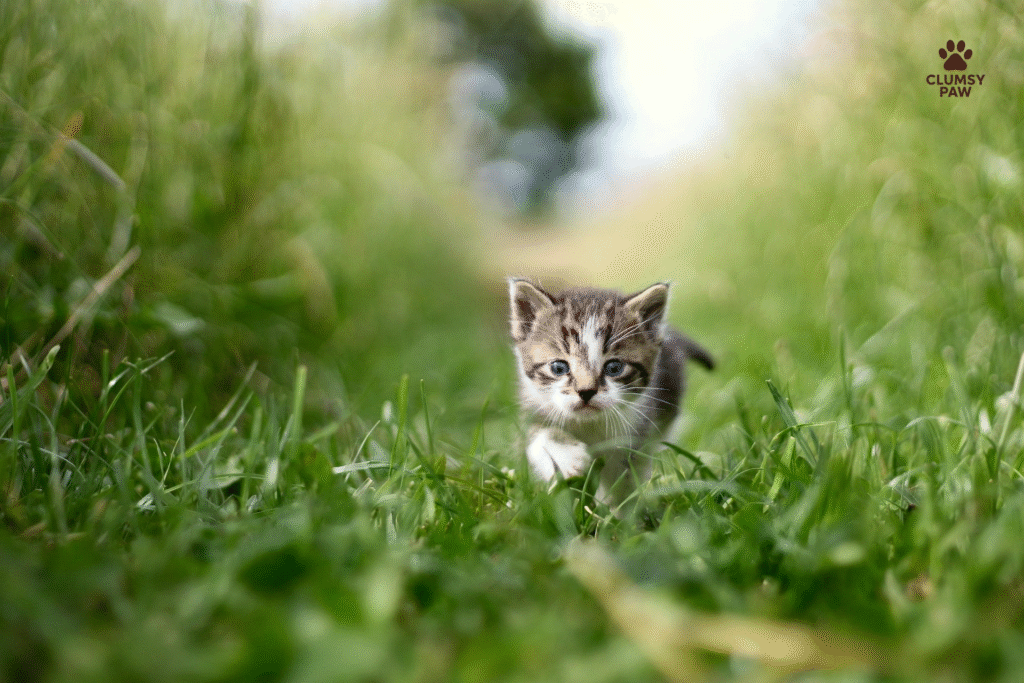
4. Sustainability and Eco-Friendly Pet Products
Sustainability isn’t a passing trend—it’s a necessity. U.S. consumers are increasingly conscious of their environmental footprint, and that concern now extends to pet care.
In 2025, eco-friendly pet products are no longer niche—they’re expected. From biodegradable waste bags and compostable litter to toys made from recycled materials, pet owners are actively choosing brands that align with their environmental values. Packaging made from recyclable or plant-based materials is also becoming a selling point.
Pet food manufacturers are joining the movement by sourcing ingredients responsibly and minimizing production waste. Some companies are even experimenting with alternative proteins, like insect-based meals, to reduce their carbon impact.
For consumers, this shift represents a simple but meaningful way to care for pets and the planet simultaneously. Sustainable choices now define not only responsible living but also the future of the entire pet industry.

5. The Rise of Luxury and Premium Pet Services
As pet ownership grows, so does the desire to pamper pets with the best products and experiences. The premiumization of pet care continues to accelerate in 2025, blurring the line between pet and human luxury.
Pet owners are spending more on boutique grooming salons, designer collars, custom apparel, and gourmet pet meals. High-end boarding facilities resemble hotels, offering private suites, temperature control, and spa treatments. Some pet spas even provide aromatherapy, massages, and manicures.
This trend is driven largely by Millennials and Gen Z owners, who view pets as emotional companions worth splurging on. While the luxury market may not appeal to everyone, it’s a clear reflection of how pets have become central to lifestyle and identity.
For those investing in premium care, the focus is shifting from vanity to wellness. High-quality products and personalized experiences are no longer indulgences—they’re part of a holistic approach to keeping pets happy and healthy.

6. Subscription and Direct-to-Consumer Pet Care
Subscription-based pet services have become one of the fastest-growing sectors in the U.S. pet market. In 2025, convenience and personalization are driving this surge.
Pet owners can now sign up for regular deliveries of food, toys, treats, and grooming essentials—customized to their pets’ needs. These services often include flexible options, allowing subscribers to pause, skip, or modify their boxes at any time.
Direct-to-consumer (DTC) pet brands have also flourished by cutting out middlemen and engaging directly with buyers online. This approach builds trust, ensures fresher products, and often provides better pricing.
For busy American households, subscription services offer peace of mind and predictability. They save time, reduce last-minute trips to the store, and keep pets consistently cared for. Expect to see more innovation in this space, with companies combining convenience, health tracking, and customization in one seamless experience.

7. Multi-Pet Households and Diverse Companions
More Americans are expanding their pet families, leading to a rise in multi-pet households. Younger generations are particularly driving this trend, with many owning two or more pets of different species.
Dogs and cats remain the most popular, but interest in birds, reptiles, small mammals, and even backyard chickens is growing. This diversification is reshaping the pet industry, encouraging brands and veterinarians to create solutions for varied animal needs.
Multi-pet homes require thoughtful management—feeding schedules, space allocation, and compatibility between animals must all be considered. Many pet care services now offer bundled packages and discounts for families with more than one pet.
This trend reflects the emotional satisfaction people find in caring for multiple animals and the social bonds pets form with each other. The modern American household isn’t just multigenerational—it’s multi-species.

8. Preventive Health and Veterinary Innovation
The focus on preventive care has become central to responsible pet ownership in 2025. Instead of waiting for illness, owners are taking proactive steps to maintain their pets’ health through regular checkups, balanced diets, and wellness supplements.
Advancements in veterinary technology are making care more accessible. Telemedicine has become a staple, allowing pet owners to consult veterinarians virtually for minor health concerns. Many clinics also offer annual wellness plans, covering vaccinations, dental cleanings, and early-detection screenings.
Pet insurance, once considered optional, is now seen as essential. With rising veterinary costs, insurance plans provide financial relief and encourage timely medical attention. Wearable health trackers also play a role by alerting owners to early signs of illness.
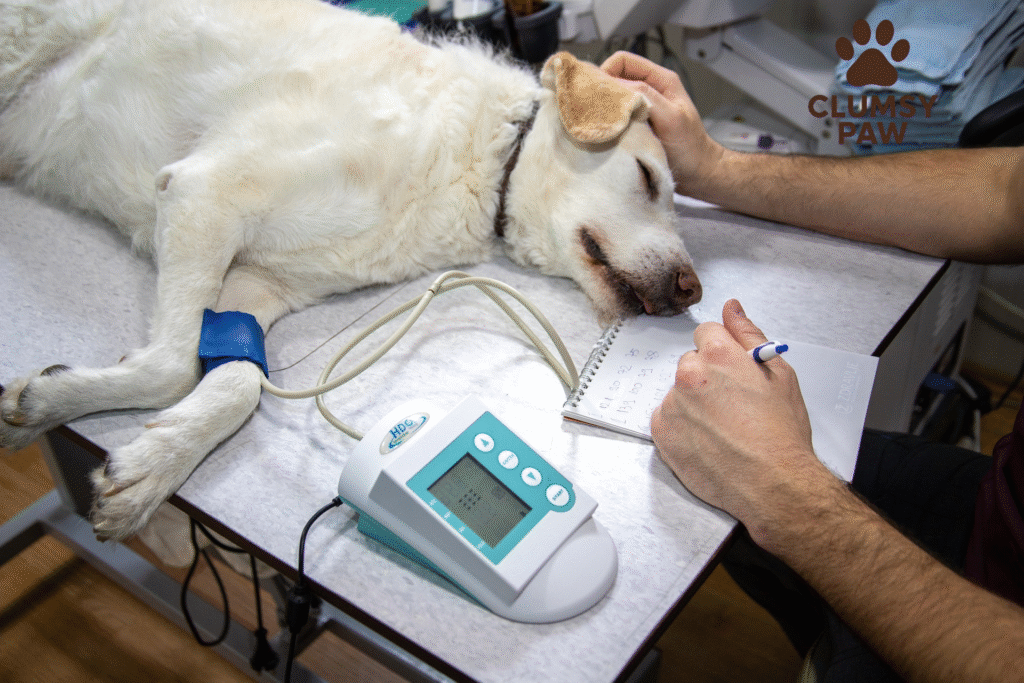
As pets live longer thanks to better care, preventive health is becoming the cornerstone of a happy, active life. For owners, that means focusing on long-term wellness rather than short-term fixes.
9. Ethical Pet Ownership and the Adoption Movement
The growing emphasis on ethics and compassion is reshaping how Americans acquire and care for pets. Adoption and rescue are now mainstream choices, supported by social media campaigns and community programs promoting responsible ownership.
Pet owners are increasingly aware of overpopulation and are choosing adoption over buying from breeders. Shelters across the country are also modernizing, offering better facilities, transparency, and support for new owners.
Beyond adoption, ethical ownership also includes commitment to training, proper veterinary care, and ensuring pets fit the owner’s lifestyle. Education campaigns are helping people understand the long-term responsibility of pet care before making the decision to adopt.
This movement is fostering empathy, community involvement, and accountability. It’s not just about saving animals—it’s about building a culture of care and respect that benefits pets and people alike.

10. Pet Influencers and the Digital Pet Economy
Social media has given rise to a new kind of celebrity—the pet influencer. In 2025, digital platforms like Instagram, TikTok, and YouTube are filled with famous pets whose charm and antics capture millions of followers.
These “petfluencers” are shaping buying habits, inspiring trends in grooming, accessories, and even nutrition. Many brands now collaborate with pet influencers to showcase products authentically and reach engaged audiences.
But beyond fame, social media also connects everyday pet owners. Online communities offer training tips, product reviews, and emotional support. People share their pets’ journeys, creating networks that blend entertainment with education.
For brands, social engagement has become essential. Authentic storytelling, user-generated content, and partnerships with pet creators help build trust and visibility. For pet owners, the digital world offers a place to celebrate the joy pets bring and to learn from others who share the same passion.

The Bigger Picture: What These Trends Mean
Together, these ten trends reveal a clear truth—pet ownership in America is becoming more thoughtful, emotional, and technologically advanced. Owners are no longer simply caretakers; they’re partners in their pets’ lives, investing time, money, and energy into their well-being.
The lines between human and pet lifestyles continue to blur, reflecting how deeply integrated animals have become in our homes and hearts. Every purchase—from food and toys to health care and tech—is now guided by a combination of empathy, convenience, and conscience.
For pet owners, the takeaway is simple: the best care comes from awareness. Whether you’re adopting your first pet or upgrading your current pet’s care routine, the key is to stay informed, flexible, and compassionate.
For businesses, this new era means listening to consumers, prioritizing ethics, embracing innovation, and creating experiences that bring humans and animals closer together.

Final Thoughts
The U.S. pet industry in 2025 reflects not only changing consumer habits but a cultural transformation. Pets are more than companions—they’re family, wellness partners, and even digital personalities.
From sustainable choices and high-tech innovations to luxury services and adoption awareness, these trends highlight a society that values connection, health, and responsibility.
As we look ahead, one thing is certain: the future of pet care is bright, compassionate, and deeply human. By embracing these shifts, pet owners and brands alike can help shape a world where every animal is happy, healthy, and loved.

